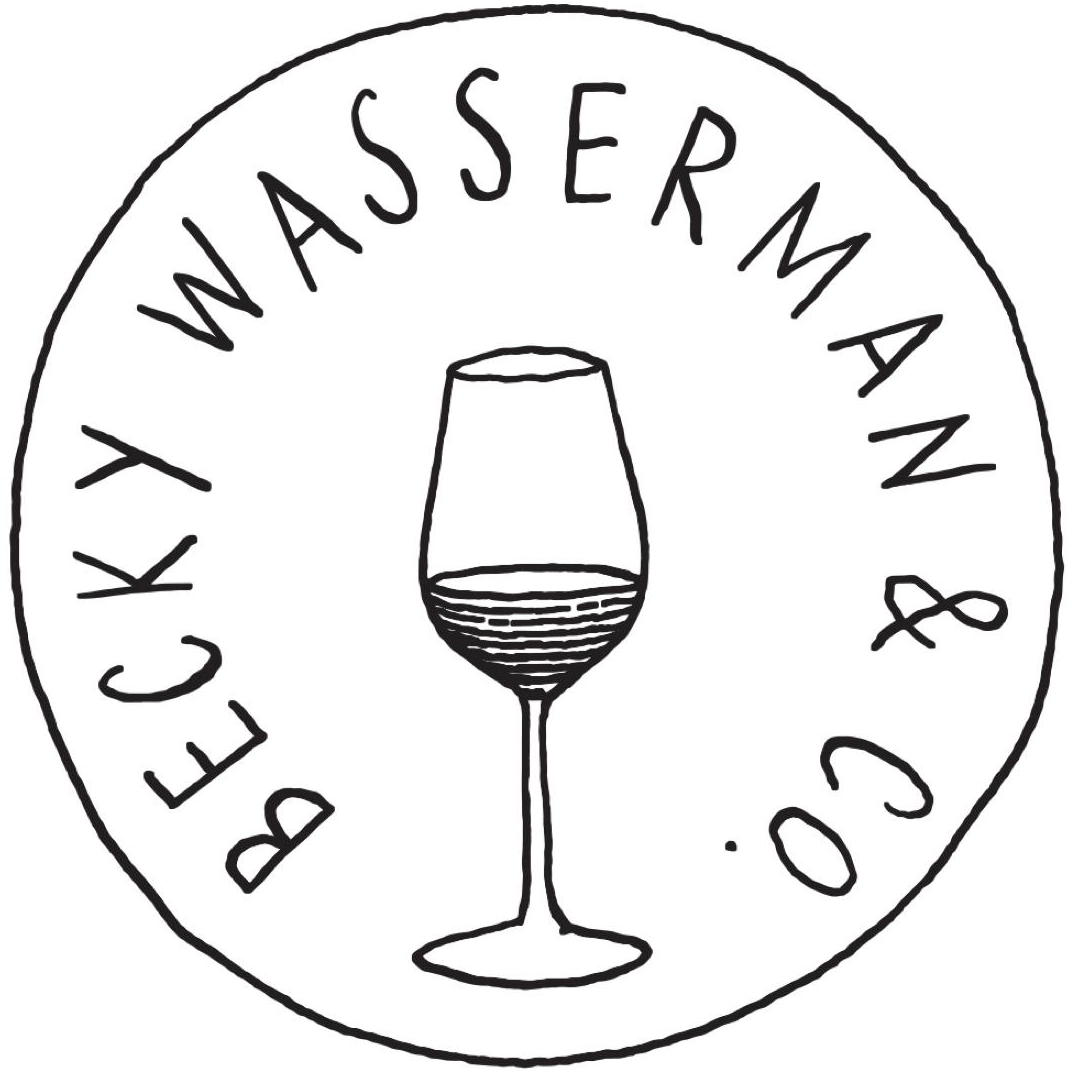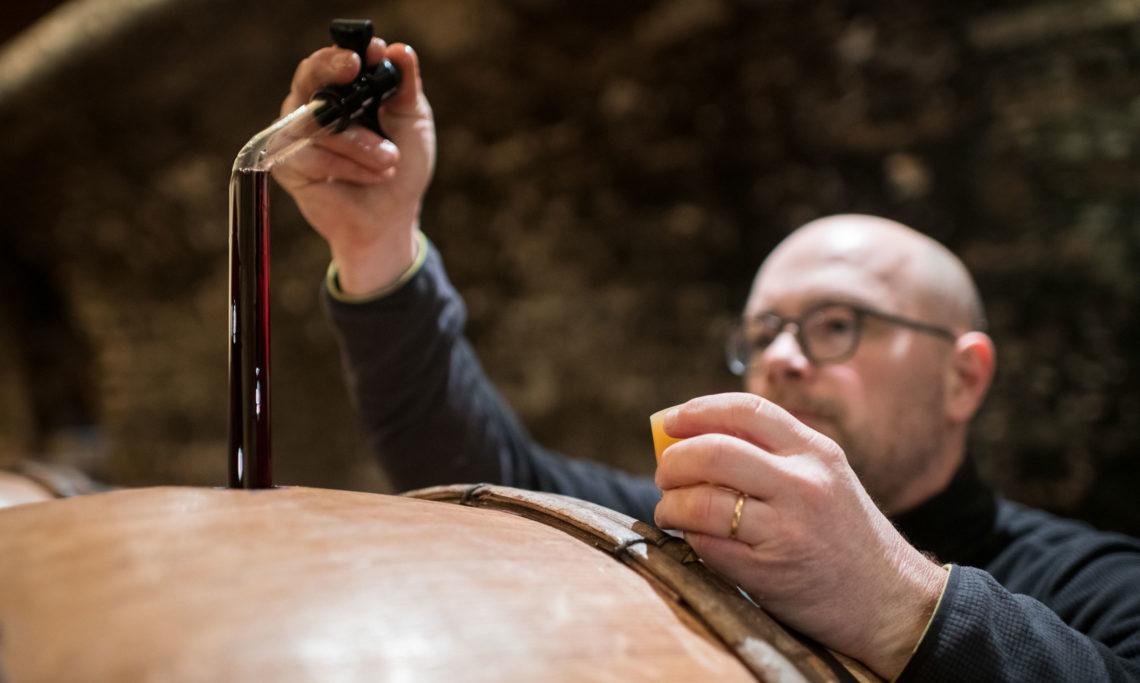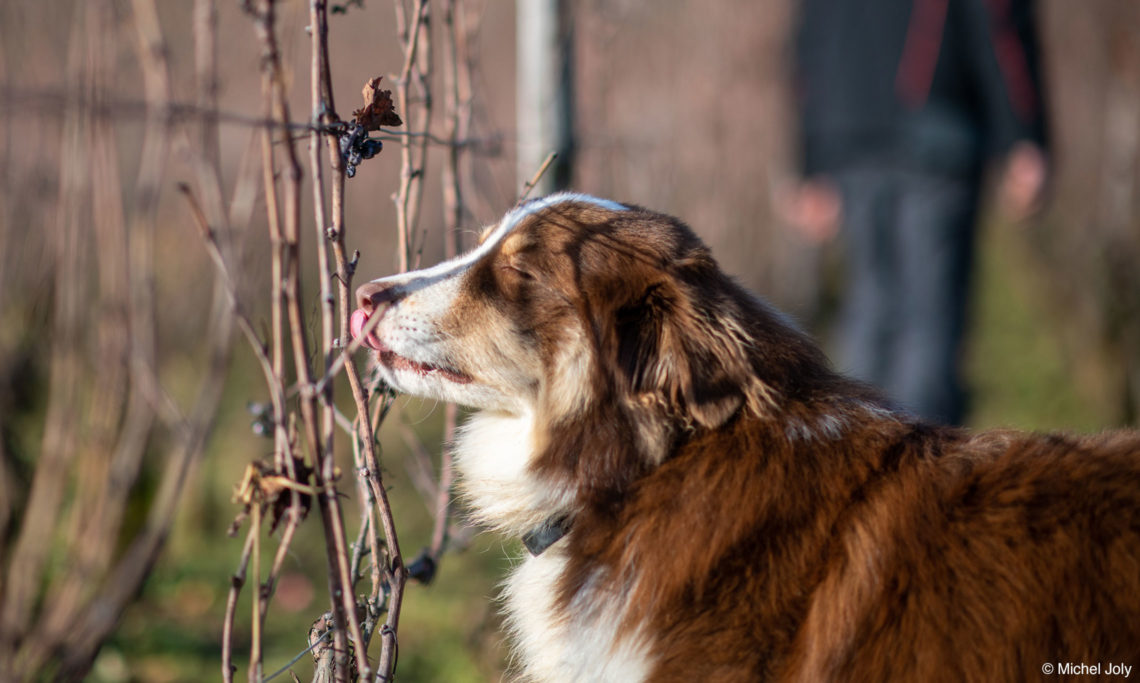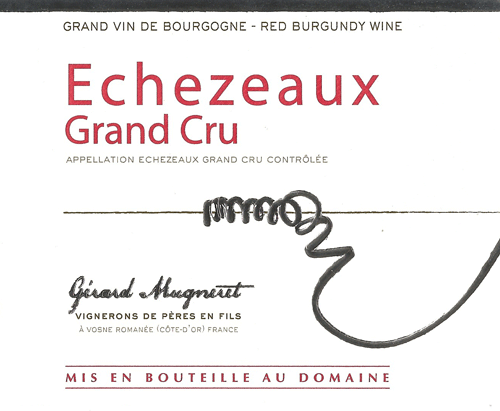Domaine Profile
- Location: Vosne-Romanée, Côte de Nuits, Burgundy
- Size: 7.06 ha (17.44 ac)
- Varieties: Pinot Noir, Gamay
- Viticulture: Organic and biodynamic (not certified, since 2011). A large proportion of old vines and massal selections, and Pascal has started his own conservatory for future massal selections. He limits tilling to the strict minimum, uses cover crops, and integrates plants and whey to limit the use of sulfur. He hedges high (1.7 meters) and does not cut all the apical buds. Pascal’s younger peers who work in Vosne, such as Charles Lachaux and Nicolas Faure, count his viticulture among the very best in the appellation.
- Vinification: 20 to 100% whole cluster since 2012; the average in 2018 was 50% but in 2019 it was 100% on all wines, though it will not necessarily be that high for every vintage. Indigenous yeast fermentations, no pied de cuve. Three to four pigeages in total, toward the end of fermentation. Ageing in oak barrels (10 to 100% new) for 12 to 18 months. Since 2016, very moderate SO2 additions: none during vinification; a first addition generally in spring when the temperature increases in the cellar; total SO2 at bottling is 15 to 20 ppm, which is remarkably low for a domaine with prestigious appellations in the Côte de Nuits, and well within the acceptable range for natural wine. In fact, the only parameters keeping Pascal from being adopted as a natural wine icon are purely stylistic—namely, a slightly more pronounced extraction of tannin and some new oak. Yet, as far as farming and additives are concerned, his wines are natural.
The Domaine's Evolution, written by Pascal Mugneret (Nov. 2019)
I decided to become a vigneron in order to have freedom in my professional life. Working for the family domaine was also an opportunity to preserve what my great grandfather René and my father Gérard created. Finally, I wanted to do something with my hands. This is how, in 2005, I took over from my father, with the intention of carrying on the family tradition. Then, a transition took place. I progressively became absorbed in all facets of this unique profession: the vineyards first, then the vinification. Sales came later.
Looking back, I realize that compartmentalizing these different aspects was a habit I had kept from my first career as an engineer. Unconsciously, my first ten years as a winemaker created the framework for a deeper, more integrated reflection.
2005 to 2011 – Continuity
This period was marked by my eagerness to exchange with other growers, and an openness toward new experiences and different visions. I was enlightened by fellow wine lovers’ perceptions of wine. I also consulted with specialists in order to expand my knowledge on a number of different subjects: farming, soil microbiology, vinification, ageing, tasting, etc. This drove me to question certain practices. I started by changing the viticulture. I stopped using herbicides in 2005 and discontinued the use of synthetic sprays in 2010. Great wines are not possible without respectful farming. This is only the baseline, though. It is not sufficient in and of itself. So in 2011, we began working biodynamically and the vinifications became less systematic, extractions much gentler. Still, the wines carried on my father’s tradition, a style that was inviting, generous, gourmand, even if the wines were sometimes closed in their youth.
2012 to 2015 – Emancipation
As time passed, the effects of our changes in viticulture became more apparent. Biodynamic methods, which put the grower back at the heart of the vineyards with a constant open-mindedness, were established for the long term, to seek harmony. Vineyard work was synchronized with the lunar and planetary cycles. Our use of infusions against vineyard diseases intensified. We observed more suppleness in our soils, increased biodiversity, increased resistance to disease, and our vineyards evolved: the vines were more upright; the symptoms of fanleaf lessened; dark green gave way to a brighter green, indicating better balance and a more symbiotic relationship between the vine and soil. The bunches took on another form, with longer stems and more aerated berries. Their health remained stable even in complicated vintages like 2013. We sorted more rigorously. We did not hesitate to take on more harvesters than we theoretically needed. My reflections on climate change and personal preference oriented the vinification towards whole cluster inclusion. During this period, the percentage of whole clusters ranged from 25 to 40%. I strived to minimize crushing the berries in the tanks by extracting more gently, with better temperature control. This also resulted in more aromatic freshness. As the wines aged, they veered more toward the floral rather than the mushroom or undergrowth of the wines that came before. I love these floral notes. The wines became more complex, more precise. Yet, they still displayed a certain firmness.
It took me almost ten years to realize what kind of wine I wanted to make. I think that subconsciously, I knew much earlier, though, because the choices I made during those years are compatible with my current vision. I hope to work more closely with Nature in order to make wines that are alive, that have soul. Technical perfection does not interest me, the result is a ‘colder’ beauty. I hope to make wines that tell a story, and for them to be able to do so freely there has to be a balance between control and letting go; that is the most complicated part. Wine is not limited to its variety, terroir and vintage; it is also an interpretation. In summary, a wine is not alive unless the life inside the grapes is preserved and nourished by those who brought them into existence in the first place.
2016 to …? Freedom
We have reached a true turning point. This is a time to eliminate incoherencies, contradictions, constraints. We continue to perpetually question why we do what we do, with attention to detail. The responses should remain circumstantial. It is the sum of these details that allow us, little by little, to get closer to our goal.
Adapting to the climatic context to achieve balanced, fresh, vibrant wine
In order to adapt to warmer and drier summers, and Nature’s increasing unpredictability, I chose to limit yields to preserve the vines’ durability and to be able to harvest earlier with enough concentration, balance and fresher aromatics. The proportions of whole cluster inclusion also increased (now from 40 to 100%). As explained earlier, I believe whole cluster inclusion is essential in warm vintages.
During vinification and ageing the goal is to preserve the life inside the grapes. The initial vibration cannot be conserved unless the wine is respected at every step of its elaboration. The lunar and planetary cycles find their integrated role during vinification and élevage, in coherence with the wines’ phases. Logistics are secondary to the logic of each wine during blending and bottling! During vinification, sulfur doses are very low, or even nonexistent if the sorted grapes are perfectly healthy. The wines are no longer pumped during racking but are transferred by gravity.
Top quality grapes allow for reduced sulfur additions. A wine cannot age well if it is not balanced from the start. Sulfites are not a remedy for everything (oxidation, vine disease, pathogens), and it often requires extremely high doses to attempt to completely eradicate a problem. The secondary effects then highly impact the wine. I really began reflecting on the use of sulfur four years ago. When, how much, in what way, and for what reason? The answers must be pertinent. If the reason is one of security, in order to sleep well at night, I don’t consider it a good one. More fundamentally, what does the wine need? The response requires intensive observation in an attempt to understand the cycles of wine: opening/closing, purification, oak absorption…
The cuvées’ parcellation and individualization
Until 2016, we produced a single Vosne-Romanée comprising all 2.5 hectares and 9 climats. By limiting ourselves to a ‘simplified’ version, we deprived ourselves of the plurality the appellation has to offer. On the other hand, producing nine Vosne-Romanée village wines doesn’t make sense as each one is not necessarily of fundamental interest. For ten years, I vinified and aged the different Vosne-Romanée cuvées separately, only to blend them at the end.
After ten years of observation, I separated out the Vosne-Romanée Quatrain, composed of two climats from the north of the appellation (Ormes and Chalandins) and three climats from the south (Réas, Jaquines, Croix Blanches). Their complementarity astounded me. On their own, the northern parcels, on deep, water-retentive, clay soils, were fleshy but lacked depth. The more vertical yet leaner south added lift. The result is a bright, fresh, and elegant wine.
We also isolated the two parcels of Vosne Romanée Aux Vigneux. They produce a harmonious, dense, suave wine, with notes of spiced bread and ripe fruit.
Finally, the parcels at heart of the village (Pré de la Folie, Colombière, Aux Communes) now comprise our Vosne Romanée Cuvée Pre-Colombière, a wine with geographical coherency. It has great character, verticality and singularity for this appellation level. It is complex, elegant, racy.
Concerning the appellation Bourgogne Pinot Noir, originally the blend of four parcels, I was convinced that Les Rouges Champs merited a separate vinfication. Located across from the Combe d’Orveaux, facing the southeastern wall of Clos Vougeot, the parcel is located on an alluvial fan, with lighter and stonier soils that are very different than those from the plains. The grapes are magnificent, and yields are naturally low (around 35 hl/ha). The wine is complex, elegantly structured with incredible length for this appellation level.
The last vintage of our Nuits Saint Georges Les Boudots 1er Cru was 2016. It was a blend of Aux Cras 1er Cru (27 ares) and La Richemonne 1er Cru (17 ares), picked and vinified together. The reason for this blend was largely logistical, and it was tolerated by the 1936 decree. Our Boudots always had great success with our customers, but we found it unfortunate not to propose separate interpretations the two climats. The Cras is Nuits in structure, yet Vosne on the nose, with a saline finish. La Richemonne is a paradoxical wine: with power and concentration, yet finesse, elegance, and complexity.
Preservation
First and foremost, we do all that we can to maintain our vines’ genetic diversity through the massal selection we have developed over the past ten years. We will plant our own conservatory in April 2020 in a parcel located at the heart of our domaine which has never been planted (thus, the soils are free of any nematodes, vectors of the fanleaf virus). Our collection will serve as a reservoir for future plantings.
The preservation of the domaine also includes holding on to the parcels that we farm but do not actually own and are thus susceptible to a change in ownership and management.
When to control and when to let go?
To control is to put into place techniques and ways of creating a framework (a rather large one) in order to minimize the risk of accident. Nevertheless, zero risk does not exist, and risk must be integrated into the domaine’s management. Mastery is cultivated daily, with each experience, based on knowledge, observations, exchanges, rigor, successes and failures… reassessments that are, when possible, calm and collected.
Letting go is accepting a lack of total control. It is knowing when to step aside and trust. It is accepting that the vines cannot be completely disease-free every year, accepting that the wines may not turn out exactly as expected, leaving oneself open to discovery. It is trusting, while remaining aware of and receptive to what was, is and will be.
Finding the balance between controlling and letting go as a grower (but also in life), is the Holy Grail, and it’s likely that one lifetime is not long enough to truly find it. It’s a quest, a path that we follow willingly. And the most important is to remain on that path. I’d like to propose for us to travel this path together, to never feel fully satisfied, to always keep questioning, to avoid self-deception and to treat each new vintage as if it were the first and last.
Pascal MUGNERETWines
-
White
-
Red



